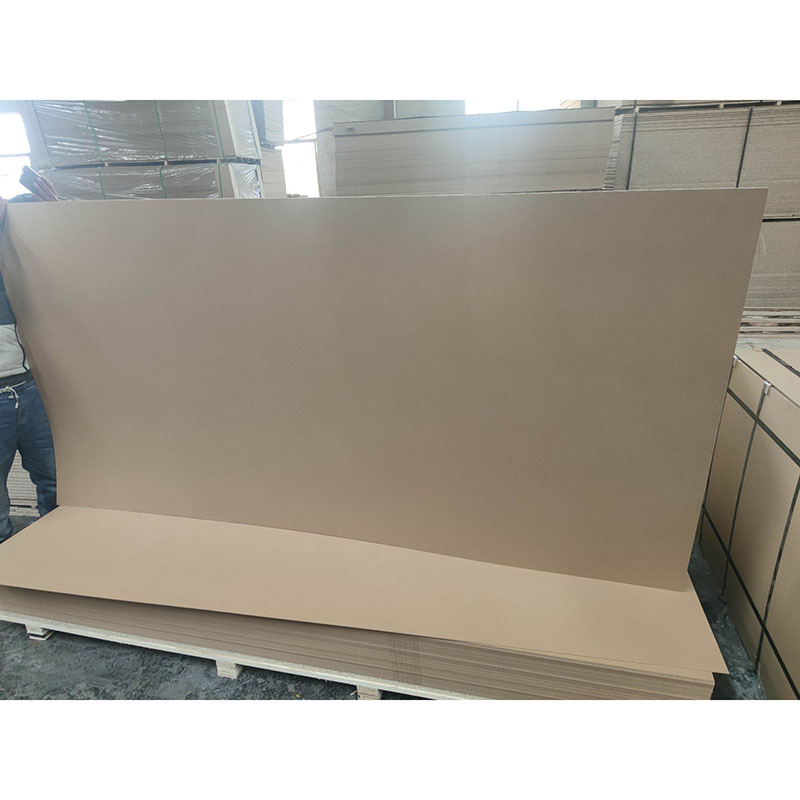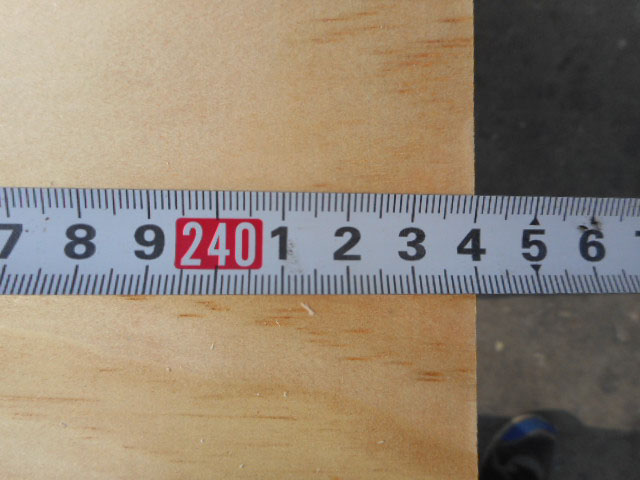Save this content and enjoy it whenever you want
On an afternoon in San Francisco, I climb a cascade of curved plywood furniture built against the walls of a dock. The walls are painted with white bubbles and a soft grey blue, evocative of a rolling sea. Along the other side of the dock is a curved sushi counter, its few seats set with navy blue placemats, bamboo chopsticks, and weighty, handmade dishes. Bent Plywood Coffee Table

All signs indicate that I’m about to enjoy a multicourse omakase, composed of freshly netted fish. But the omakase is almost plant-based. No fishermen haul their catch to this dock. The fish? Well, it’s not caught. Wildtype is grown from actual salmon cells, so it’s still fish… ish. If you’re allergic to salmon, it’s not for you. If you’re vegetarian, well, it depends. Only one salmon had to be sacrificed to produce thousands and soon, millions of pounds of Wildtype per year.
Wildtype 'salmon', photo by Kiki Aranita.
I’m at a sneak preview of Wildtype, invited by the company's food service sales lead Dalton Thomas. Wildtype is a social media sensation, at least in the tissue engineering circles I run in back in Philadelphia. “No fishing, no farming,” reads the branded coaster beneath my cup of sake. A piece of it sits on the sushi counter, perfectly salmon-hued, a pinky orange with uniform white striations. I pick up the plate it sits upon, and the fish, shaped like a pristine saku block without skin or bone, jiggles like a firm Jell-O pudding. Unlike many of the products found in the alternative meat aisle at the grocery store, Wildtype does not dissolve into a puddle at room temperature.
“We start by isolating cells from salmon found along the northern Pacific coast. This process needs to be completed only once for every species because cells, like a sourdough starter in bread baking, are able to grow nearly indefinitely,” Thomas tells me. “Next, we grow salmon cells in large cultivators, similar to those found in breweries. Lastly, cells are harvested from our tanks and grown on three-dimensional plant-derived scaffolds to recreate the texture of natural fish fillets. These scaffolds guide the cells to become the fatty and lean components of salmon. Wildtype produces its own scaffolds using a proprietary process and no animal-derived ingredients,” he explains.
Chef Jun Sog, previously of Michelin-starred omakase bar Ju-Ni, quietly and methodically assembles dishes featuring Wildtype and lays them before me. A fruity cold-smoked Wildtype tartare balanced upon a fried rice crisp. A sliver of Wildtype pressed into sushi rice, indistinguishable in appearance and almost in taste from any other high-end piece of nigiri. Wildtype rolls with avocado, dressed with a dollop of spicy mayo and bubu arare.
In between courses, I’m also presented with a survey that asks about how I’m enjoying the Wildtype and for me to rate its taste. Thomas compares what I’m eating to an early version of the Prius. “Because Wildtype salmon is grown using a plant-based scaffold, it can be an effective analogy to think about our early product iterations as hybrids, like we saw with cars at the beginning of this century. It took 20 years to perfect the technology that allows us to drive affordable, mass-producible fully electric cars today – and it might take a similar time horizon for cultivated seafood to mature as a production technology,” Thomas envisions.
To me, Wildtype is uncanny. It’s missing the unguent oiliness of real salmon, but it’s the most convincing approximation of seafood I’ve ever tasted (and as a chef who specialises in Hawai’i’s food, including poke, I have tasted an inordinate amount of seafood alternatives, most of them whipped up from onion powder and tapioca starch). At Wildtype’s sushi bar, I longed for something akin to salmon tataki. “Our current product works best for raw preparations as well as for cold-smoked and low-heat preparations like poaching. We’re still working to optimise it for higher-heat preparations like grilling or frying,” says Thomas.
In a sea of new meats, how and why did Wildtype come to exist? “Wildtype’s mission serves to address several progressively worsening problems: overfishing and unsustainable production of seafood, the increasing prevalence of contaminants in seafood, and the unprecedented increase in demand for seafood globally,” says Thomas. Wildtype was founded in 2016 by Justin Kolbeck, a former strategy consultant and US diplomat, and Aryé Elfenbein, a cardiologist and cell biologist whose research was focused on regenerative therapeutics. Thomas’ training is that of a chef in fine-dining and he speaks with admiration of the difference between Wildtype and mixed plant-based meat and seafood. “There are particular culinary aspects of flavour, texture, appearance, that are naturally achieved with cells of the animal of origin, which are enabled to grow as they would in the wild; these kinds of textural complexities have not been achieved in the plant-based meat alternatives to date, whereas cells from a salmon, for example, are naturally programmed to grow into the same salmon we love adding to our bagels and sushi.”
Sushi made with Wildtype's lab-grown salmon, photo by Kiki Aranita
Back in Philadelphia, I describe my experience to my tissue engineer and scientist friends. Evangelia Bellas, assistant professor of bioengineering at Temple University further explains how stem cells can be isolated and used to repopulate tissue, and remarks: “I’m not surprised the fat part is missing. Fat cells are often overlooked— they aren’t typical cells. Fat cells and lipids can be difficult to work with.”
On the philosophical spectrum of vegetarianism, Wildtype is a bit of head-scratcher. Wildtype is careful not to posit itself as plant-based, but it does create a new category of food and thus, a new category of ethics. I ask a friend, prominent Philadelphia vegan, Caitlin McCormack, who says: “The bare bones answer is that it’s not vegan, but that’s ok. It doesn’t mean it’s totally bad, but not totally vegan. But this is important… a big part of veganism, done correctly and ethically, is thinking about humans and their labour, wellbeing, etc.” McCormack forces me to think about who Wildtype benefits, and what its efforts do to minimise harm to both animals and humans.
I needle Dr. Bellas with more hypothetical questions, like would she taste the adipose tissue she works on? No. (She works on diseased adipose tissue. “It’s not safe.”) And if it was human-derived, is that cannibalism? No. “It’s not like you’re eating a human.” She also recognises that vegetarian and vegan ethics are a thorny issue, “since everyone is coming at it from different perspectives, in terms of sustainability and respect for the animals and their species. This could be a grey zone. But in the long term, they’re not harming more fish than the original one the cells came from, assuming you can bank and expand on those few starter cells. Just like lab-grown meat companies pull from the same cells and expand those up.”
I tasted Wildtype a few weeks ago, and in the short time since, the FDA granted clearance for California company Upside Foods’ lab-grown chicken for consumption (Singapore is currently the only place where lab-grown meat can be sold). Wildtype doesn’t fall under the exact same regulations as lab-grown meat, but the news is a step in the right direction, at least in terms of excitement, acceptance, and the future availability to consumers of a spectrum of lab-grown products. I look forward to making my own bowl of Wildtype poke, no bones about it.
10 of the Best Christmas Baking Recipes to Try
Álvaro Salazar: "My World Tour with Andalusia in My Heart and in My Dishes"
Infographic: 60 Beef Cuts and How To Cook Them
Winner of SPYCA Iberian Regional Final Announced
How to Brine a Turkey: Dry Brine vs. Wet Brine
FDL+ The Best Alternatives to Salt and How to Use Them
The Next Course: Drink Like a Coastal Grandma
The Next Course: Come on Barbiecore, Let’s Go Party
The Next Course: Feasting on First-Generation Filipino Food
The Next Course: Fostering Female Mentorship
FDL+ The Next Course: Rice Beyond the Rice Cooker
FDL+ The Next Course: Hard Soup
The Next Course: A New Column by Kiki Aranita
FDL+ The Best Alternatives to Salt and How to Use Them
FDL+ Eight Different Kinds of Basil and Their Uses
FDL+ Pecorino Sautéed by Rafael Cagali
FDL+ Arctic Char Raw with Tucupi Dressing by Rafael Cagali

Office Table Plywood The Next Course: A New Era for Kalo?